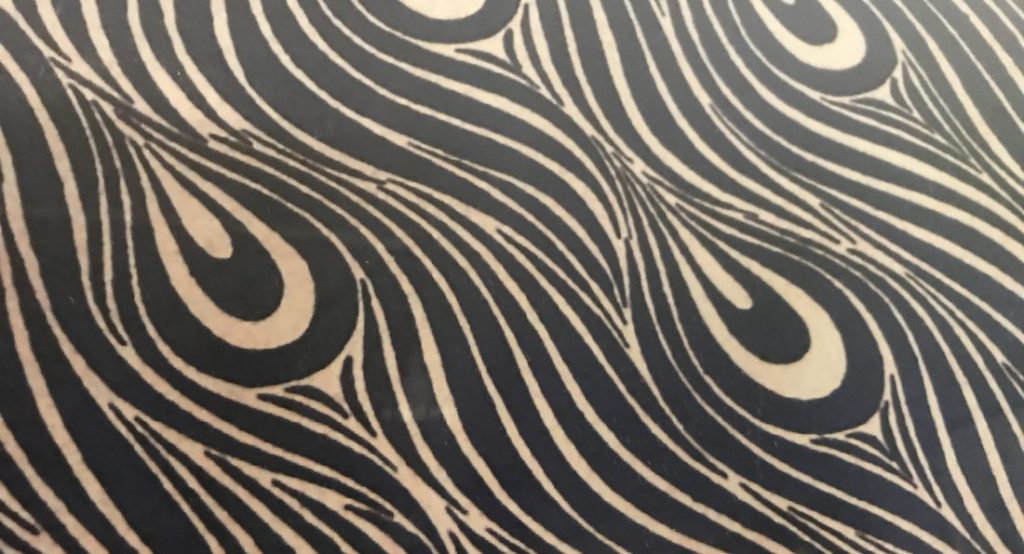Last Christmas I was shopping at an arts fair in DC and was stopped dead in my tracks by the most gorgeous poster I had ever seen. I quickly ran through my Christmas list to see who HAD to have this as their gift and came up short. Not one person on my Christmas list needed this piece of turquoise eye-candy, with a peacock thrown in for good measure, other than me. Damn! I could not justify spending the money.

The image haunted me for several months until I remembered I was living in the age of the internet and could probably track it down. This little research project led me to an all together new-to-me discovery in the world of early advertising. Magazine covers and posters made in the early 1900’s that were drawn by the best illustrators of their time. The poster I lusted after was published on November 15, 1911 for Vogue Magazine and was drawn by artist George Wolfe Plank (1883-1965). He drew many covers for Vogue in those days in the Art Deco style and helped set the tone in the art world and fashion industry through Vogue.

At last! The Vogue poster hangs on my brick wall in the living room. I love how the black in the poster picks up the black piano and pops against the brick.

The second Vogue poster shows an elegantly dressed lady with a tiara of peacock feathers cascading down her back. It is as if she has donned the peacock’s plumage herself as she heads out for the evening. Once again, Vogue is setting the standard for style and elegance among American women.
Peacocks in Art
Peacocks are a common subject and theme in art representing sheer beauty and vibrant color. In Christianity, they are a symbol of eternity and are often depicted in early Christian art. The woman in the Vogue poster was riding on a peacock, both elegant and beautiful, while they admire their reflections. Hardly Christian, but still a fantastic and fashionable image for Vogue.

Just a few years before these Vogue posters were created, artist James McNeill Whistler had finished his “Peacock Room” in London, and once again peacocks became all the rage.

So, after several months of anticipation, I did order prints of two Vogue posters and later ordered frames for them. This turned out to be less expensive than if I had bought them through the fair where I had first laid eyes on it. If you are looking for vibrant color and inexpensive art, this is a great way to add it, with vintage flair, elegance, and a splash of American pop-culture too.
© copyright 2012 Mariam d’Eustachio.
reference: The Vogue Poster Book. Published in 1975 with an introduction by Diana Vreeland.
